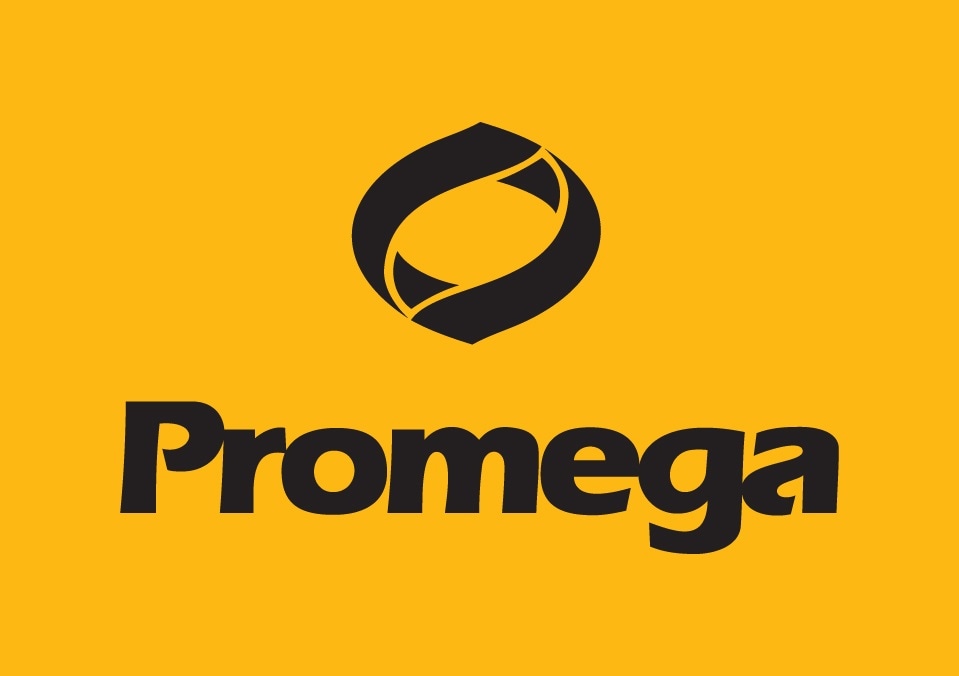Real-time quantitative PCR (qPCR) is a powerful tool to detect and quantify nucleic acids. By incorporating fluorescently labeled probes or fluorescent double-stranded DNA (dsDNA)-binding dyes into the PCR, product formation can be monitored following each PCR cycle. Promega GoTaq® qPCR Master Mixes for dye-based or probe-based product detection are optimized for fast and reproducible qPCR assays.
In this guide, we outline some of the most important considerations for comparing either GoTaq® qPCR Master Mix with BRYT® Dye or GoTaq® Probe qPCR Master Mix to work with your specific qPCR assay. Testing previously optimized qPCR assays with a new qPCR master mix requires careful experimental design to look at several factors of reagent performance.
We have developed guidelines to provide a means to quickly compare qPCR Master Mix performance within two plates and two instrument runs. Analysis of the amplification data will allow you to assess key qPCR performance aspects of specificity, repeatability, linearity, sensitivity and efficiency.
About Promega
With a portfolio of more than 3,000 products covering the fields of genomics, protein analysis and expression, cellular analysis, drug discovery and genetic identity, Promega is a global leader in providing innovative solutions and technical support to life scientists in academic, industrial and government settings.
Promega products are used by life scientists who are asking fundamental questions about biological processes as well as by scientists who are applying scientific knowledge to diagnose and treat diseases, discover new therapeutics, and use genetics and DNA testing for human identification.
Sponsored Content Policy: News-Medical.net publishes articles and related content that may be derived from sources where we have existing commercial relationships, provided such content adds value to the core editorial ethos of News-Medical.Net which is to educate and iform site visitors interested in medical research, science, medical devices and treatments.